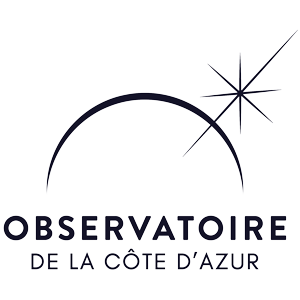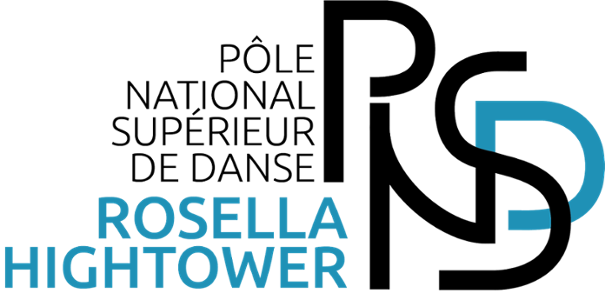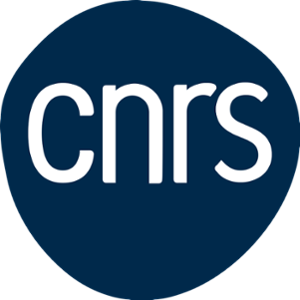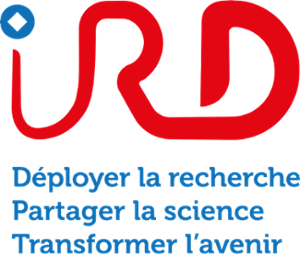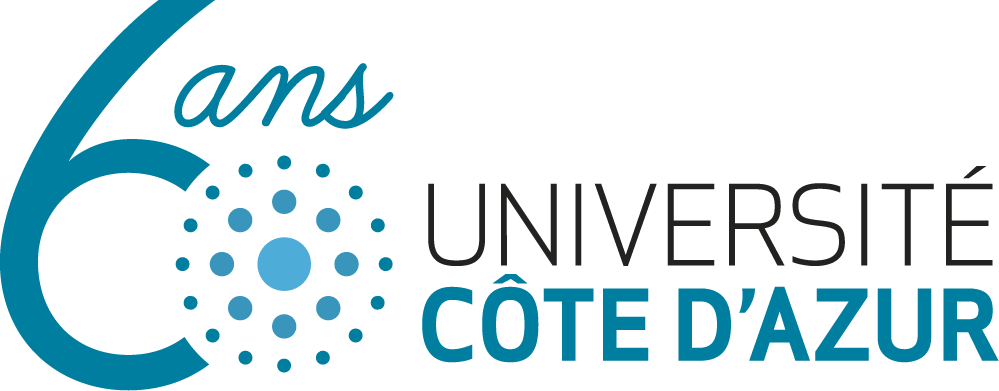| teacher | face to face hours | working hours | ects |
|---|---|---|---|
| Théodore Papadopoulo & Samuel Deslauriers Gauthier | 30 | 60 | 6 |
Description
This course deals with brain functional imaging and its application to create brain computer interfaces using two non-invasive techniques used to estimate brain activity:- M/EEG which measures the electro-magnetic field created by cortical currents,
- Functional and diffusion MRI which respectively measures: 1/A signal (BOLD) linked to energy consumption in the brain. 2/ Brain connections (mostly in the white matter), which are linked to brain activity.


